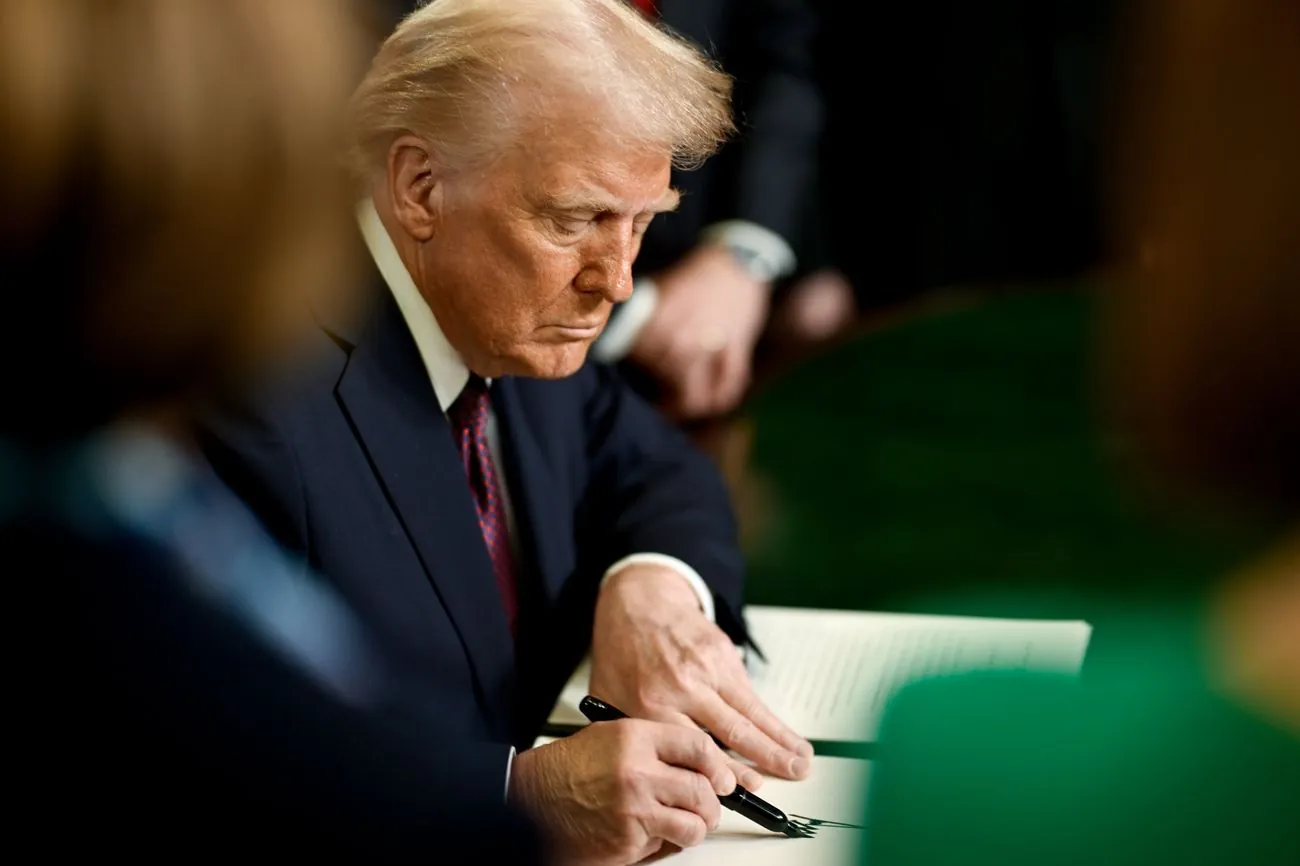“Trump’s new tariff deals bring clarity to global manufacturing base – BloombergUS President Donald Trump announced new trade agreements, setting tariffs on imports from Japan at 15% and from the Philippines at 19%. These steps are shaping a new trade landscape where 10% is considered the new norm, and American companies still profitably import goods.
”, — write: unn.ua
DetailsOn Tuesday, Trump announced an agreement with Japan that sets tariffs on the country’s imports at 15%, including automobiles, by far the largest component of the trade deficit between the countries.
US and Japan Conclude Trade Agreement: Details and Market Implications23.07.25, 04:31 • 4654 views
A separate agreement with the Philippines sets a rate of 19%, which matches the level agreed by Indonesia, and is one percentage point lower than Vietnam’s baseline of 20%, suggesting that most Southeast Asian countries are likely to receive a similar rate.
Trump concluded a trade deal with Vietnam: details of cooperation02.07.25, 17:56 • 1567 views
“We live in a new normal where 10% is the new zero, so 15% and 20% don’t seem so bad if everyone else got them,” said Chinh Nguyen, senior economist for emerging Asia at Natixis. She said that at tariff levels of 15-20%, it is still profitable for American companies to import goods from abroad rather than produce similar goods domestically.
Meanwhile, US Treasury Secretary Scott Bessent said he would meet with his Chinese counterparts in Stockholm next week for a third round of talks aimed at extending the tariff truce and expanding discussions. This indicates a stabilization of relations between the world’s two largest economies after the US recently eased restrictions on chip imports and China resumed rare earth metal exports.
Nvidia is set to resume sales of H20 AI chips in China: local buyers are already lining up15.07.25, 12:06 • 4564 views
“We’re getting along great with China,” Trump told reporters on Tuesday. “We have a very good relationship.”
All this together, and, as the publication writes, some predictability is finally emerging after six months of tariff threats, which at one point led to tariffs rising to 145% for China and almost 50% for some small Asian exporters. Investors welcomed these moves: Asian stocks rose the most in a month, and S&P 500 index futures rose 0.2%. The Nikkei-225 index in Japan jumped 3.2%, with Toyota Motor Corp. and other automakers leading the gains.
“What interested me is that stock markets are still quite optimistic about these changes,” Albert Park, chief economist at the Asian Development Bank, told Bloomberg Television. “I’m not sure they’ve fully factored in all the consequences that might arise from the abolition of high tariffs.”
AdditionBack in April, Trump suspended the highest tariffs after a rare combination of weakening US stocks, bonds, and the dollar showed that investors were concerned about his protectionist statements. This gave time for politicians from Tokyo, Manila, and other countries around the world to negotiate more favorable deals.
